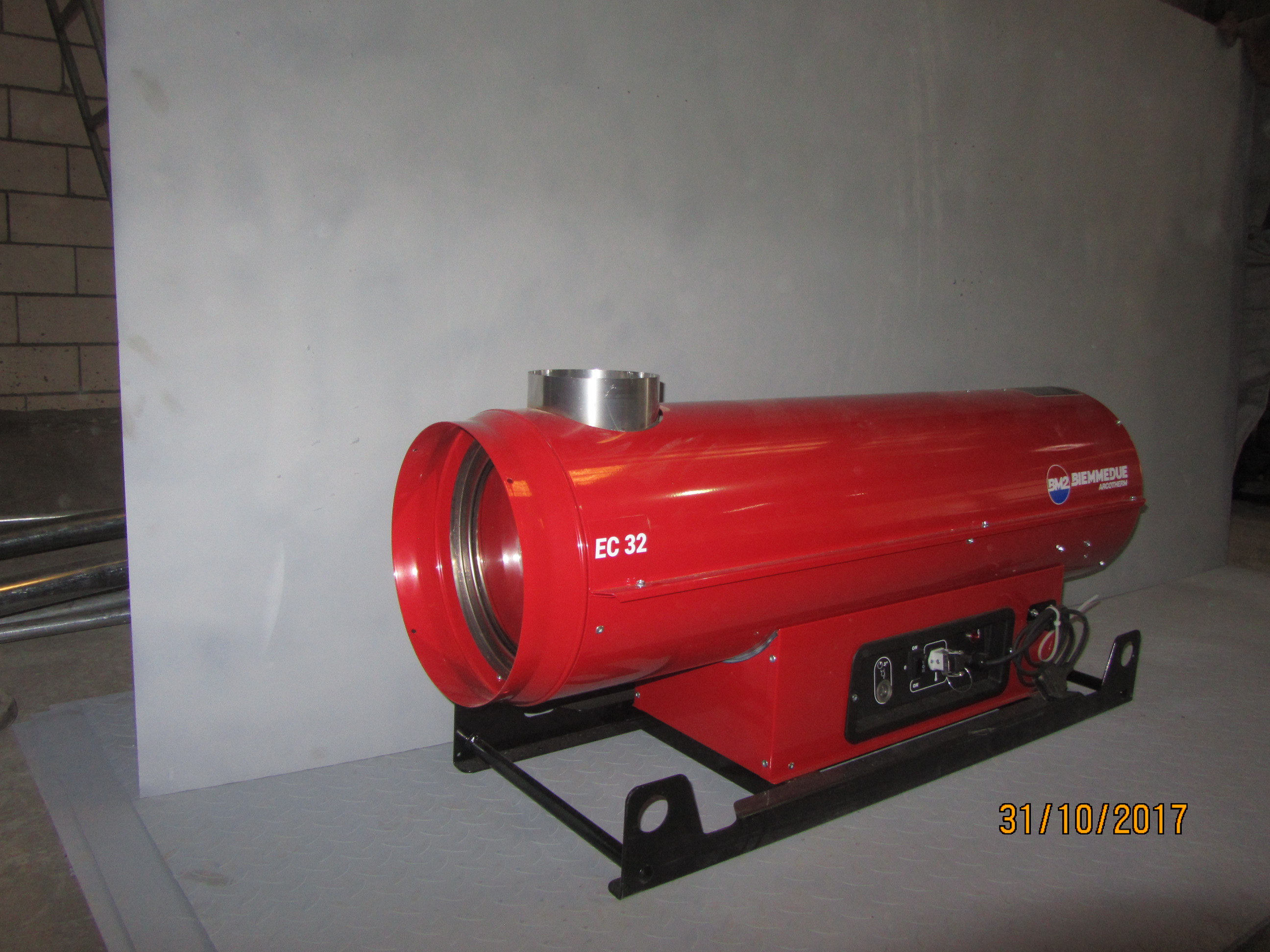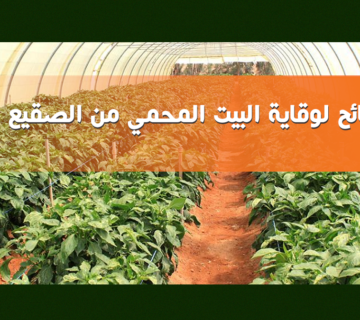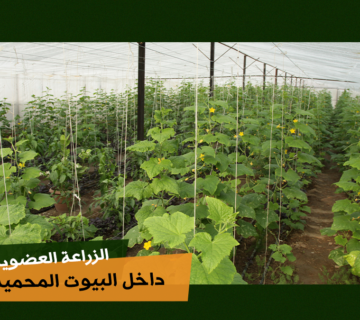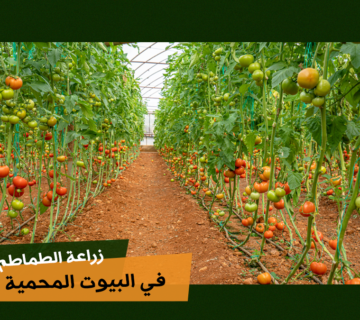Greenhouse heating systems.. Greenhouses represent a suitable environment for the growth of many plants, but periods of low temperature represent a great danger for cold-sensitive plants, and although plastic and glass houses allow heat to enter greatly, they quickly lose it during the night or during periods the cold; Since they do not have insulation, which means they need different heating systems..
قائمة المحتوى
Greenhouse heating
Heat is one of the main elements for the growth of plants in general, whether in the case of conventional or protected cultivation.
And the need increases, in periods of severe cold and frost, to employ different heating methods, especially inside greenhouses.
Heating systems for greenhouses in the Kenana Houses Factory
Greenhouse heating systems
There are many methods that can be used to provide the appropriate heat for each type of plant, for example:
Using Greenhouse Heaters
These heaters provide suitable temperatures, and they come in the form of small units, and they are economical and energy-saving compared to other means.
Features of Greenhouse Heaters

These heaters have a number of advantages, including:
- It gives an adequate amount of heating.
- It operates according to a uniform and regular heating system.
- Easy to disassemble and install.
- Two of these devices can be used in parallel.
- Save 40% energy, compared to other greenhouse heating systems.
Heating with hot air
This system is one of the most common systems, due to its low cost and high speed.
It is a device for heating air, by burning the element pyrene.
The fan inside the device pushes the hot air from burning pyrene into a plastic tube made of transparent nylon.
These tubes extend from the beginning to the end of the greenhouse, right and left, and contain numerous holes with a diameter of 10 cm, spread about every two metres.
The device also contains a tank for placing pyrene inside, as well as filters to clean the remains of wood fuels.
Heating with hot water
One of the heating systems for greenhouses is heating using hot water, and this system is based on boiling water by some boilers, then transferring it to the inside of the greenhouse in the form of water or steam.
The transfer process is carried out using special pumps, which push the water into the pipes in the homes to be heated.
In the event that the temperature inside the greenhouses reaches the required limit; Thermostat By diverting the water to remain in the tubes without returning to the boilers.
When the opposite occurs, and the temperatures inside the greenhouse drop to a minimum; The thermostat opens the valves.
Thus, recirculating the water inside the boilers and heating it again, then pumping it.
Steam pipe heating
In it, water is heated to 102 ° C; It turns into steam, and these tubes contain an automatic valve to control the circulation of steam inside them.
But what is wrong with this system; It is what results in the heat of the air next to the greenhouses, which can seriously harm plants.
Water Radiator Heating
One of the least used heating systems; Due to its high cost and the need for a lot of equipment.
It is often used in agricultural research centers and some seed multiplication centers.
Solar heating
Among the modern systems used in greenhouse heating; It is a solar power system.
This system allows for the possibility of relying on automatic or manual devices, to control the temperatures.
Thus, we have clarified the most famous greenhouse heating systems. It remains to point out that there are a number of methods through which it is possible to provide the energy needed for heating; For example, the direction, design and cover of the greenhouse is chosen in accordance with the weather conditions of the place, and that multiple layers are used and not a single layer of cover; To reduce its coefficient of thermal conductivity.








لا يوجد تعليقات